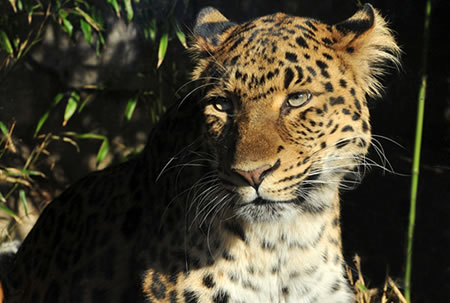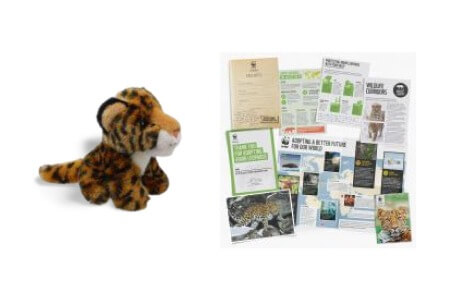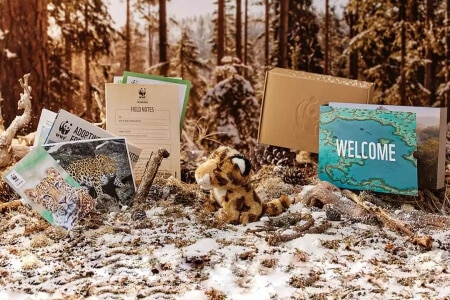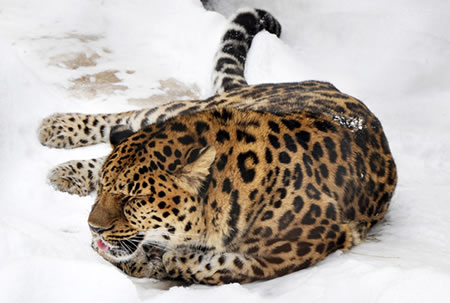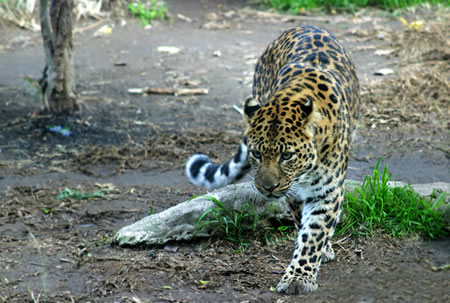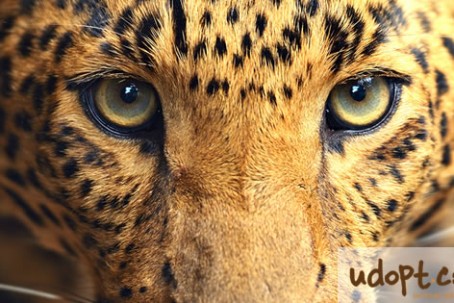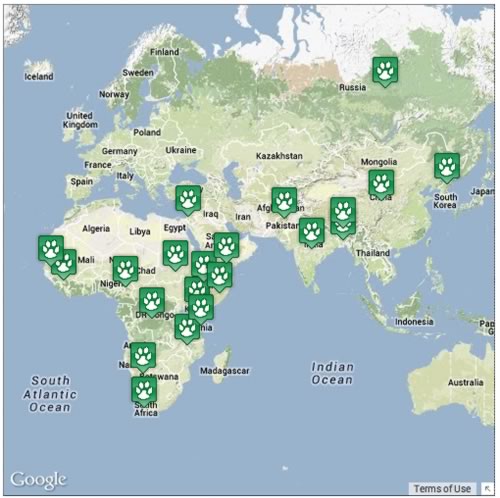Adopt a leopard and receive
- A cuddly Amur leopard toy.
- A factbook all about the Amur leopard along with bookmarks and stickers too.
- A certificate to frame your commitment to the WWF (printed on recycled paper).
- Two exclusive magazines: WWF’s ‘Wild World’ and ‘My Leopard’ with news and updates for your adopted animal.
udopt'r choice
The amur leopard is a solitary creature that spends its time travelling about under the cover of darkness. They are highly skilled hunters who are athletic and quick on their feet when they are stealthily on the prowl. They can adapt to most habitats but prefer to live in forests. A large male can weigh up to a whopping 75kg!
udopt it because
- Amur leopard numbers are down to less than 100 in the wild, making them one of the most endangered animals on the planet.
- This beautiful animal desperately needs our help before it’s too late.
- A cuddly toy makes this an ideal gift for children
- It’s a superb last-minute gift because the gift certificate can be printed or emailed immediately following payment.
- Adoption programmes start from as little as £5.00 a month.
>> Adopt a Leopard Today
Adopt a Leopard Gallery
WWF Adopt an Animal Information
Since 1961 WWF have been advocating and giving a voice to the animal kingdom. Recognised for their work internationally udopt is proud to feature WWF animal adoptions programmes. Adopt and you will receive a gift pack including a cuddly toy (or a personalised book with a Tiger adoption), a certificate plus lots more. You'll also get regular updates throughout the year.
https://wwf.org.uk/UK Registered Charity Number 1081247
Delivery information
By Post :
FREE Delivery Your gift pack will be delivered within the UK FREE of charge. Your package will be sent out within 2 business days, but please allow up to 5 days for delivery.
Last Minute Gift? :
Left it until the last minute? The good news is you can still receive a gift certificate to print or email up to the big day! You will then receive the gift pack within 10 days of ordering!
Did you know?
- The female Amur leopard needs 50% more food when she has cubs.
- Amur leopards often eat their food in trees rather on the ground; this is mostly to make sure another animal doesn’t try and steal any!
- Amur leopards are skilful hunters, and they have longer legs than most other leopards as they hunt in all conditions, including snow.
- Between 1970 and 1983 they lost almost 80% of their territory due to human intervention.
- They breed in spring and early summer and can have up to four cubs at a time. Unfortunately breeding is hard due to the lack of numbers present in the wild.
Our Amur leopard says…
Please adopt me, I’m an Amur leopard and I am one of only 35 left on the planet. We are really close to extinction and are in desperate need of your help. We are hunted for our coats by poachers in Russia, who are also killing most of our food supply as well. As our habitat gets smaller and our food becomes more and more scarce, we are struggling to survive. Please adopt me today before it’s too late.


